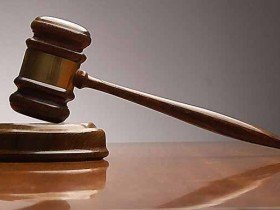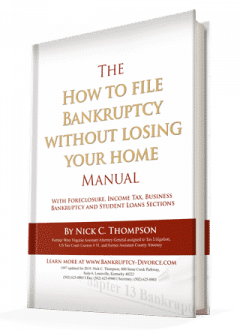In an ABI podcast (see link below), two law professors discuss the Student Loan Bankruptcy Reform Law. The topic is on student loans should be made more easily dischargeable in bankruptcy. They discussed possible methods of how to do it. One law Professor proposed student loans could be valued using what an unsecured lender pays for this debt, based on the ability to collect it.
Student Bankruptcy Reform

Daniel Austin examined over 3,000 bankruptcy cases from Pacer in 2011. First, 22.4% of these bankruptcy cases had student loans with an average student loan debt of 29,000. The amount is increasing. In 2010 21% of bankruptcy cases had student loan debt and the average amount of student loan debt was 24,600.
Second, his studies show private student loans tend to cause problems. For example, private loans have higher balances, interest rates, and defaults. Moreover, the loans target minorities and their families with worthless loans for worthless degrees. Moreover, these are discriminatory programs that, by design, serve to make the schools and lenders money. Unfortunately, the student is often left with no marketable skills whatsoever.
It lacks explanation as to why underage students get encouragement to borrow $50,000 or more for useless degrees. These degrees provide no career with an ability to repay that debt. Of course, this is a good example of reckless lending practices.
Professor Cole additionally testified before congress about using caution and basing the discharges on the value of education. In 2012, the attorney general Jack Conway and Deanne Loonin, an attorney with the National Consumer Law Center also testified before congress which is debating student loan bankruptcy reform.
⎆ Brunner student loan bankruptcy law reform.
Not all courts and circuits follow the Brunner Test. For some examples, the 1st, 8th, and 9th Circuits use modifications or other tests. The 9th Circuit uses a totality of the circumstances test and looks at the debtor’s future income and any other relevant factors. The First Circuit bankruptcy appellate panel originally approved and adopted Brunner. However, it now rejects Brunner and also uses the totality of the circumstances test. The First Circuit still uses the 1st part of Brunner while rejecting parts 2 and 3 of the Brunner test.
By relying on a judge’s equitable powers, First Circuit Massachusetts Bankruptcy judge Feeney gave a partial discharge under 11 USC 105(a). In giving partial discharges some courts are allowing the discharge of some of the loans but not others. However, now the First and Eighth Circuits give student loan debtors have a better chance of getting a discharge. Usually, circuits have cases where undue hardship is allowable. Sometimes the lender also simply fails to respond and the default is issued.
You can listen to American Bankruptcy Institute podcast #116 at https://www.abi.org/podcasts/116-scholars-examine-student-debt-and-bankruptcy with professors Daniel Austin of Northeastern University School of Law, G. Marcus Cole of Stanford Law School, with host David Epstein.
Resources for Student Loans
Student Loan Bankruptcy Law Reform
Current Student Loan Interest Rates
History of Student Loans in Bankruptcy
What is the Student Loan Brunner Test?
Student Loan Bankruptcy Qualifications
Do you need help managing your student loan? Contact my office right away to start the conversation. Nick C. Thompson, Attorney: 502-625-0905








